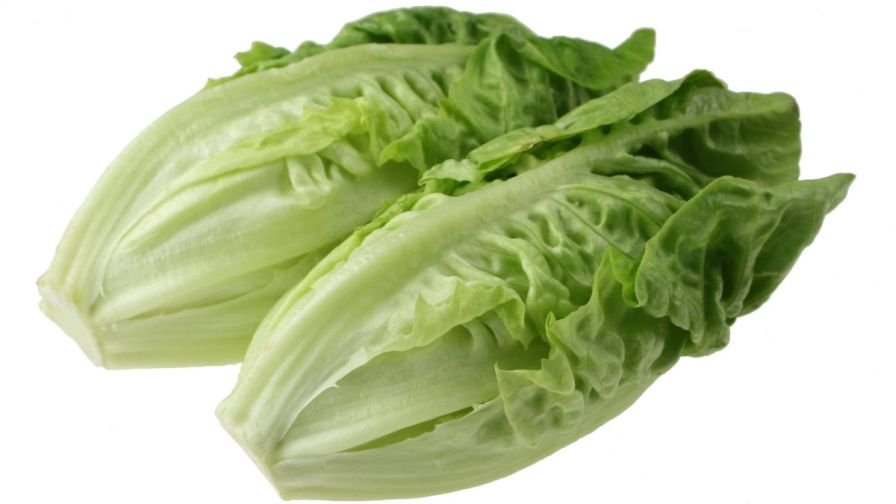No Need for Hysteria Over Reports of Listeria in Romaine Lettuce

Romaine lettuce. Photo credit: Nick Youngson – http://nyphotographic.com/
A press release from Purdue University last week was titled, “Study reveals listeria bacteria can hide inside tissue of romaine lettuce – Common sanitization practices may not be sufficient in killing bacteria.”
Assistant Professor of Food Science Amanda Deering’s research revealed, “that the bacteria could live within lettuce in every stage of the plant growth process, residing inside the plant tissue,” and that, “exposing lettuce to the bacteria could lead to infection of plant tissue in as little as 30 minutes.”
Similar research at Rutgers more than a decade ago had shown lettuce could also take E. coli bacteria into the plant tissues from root exposure in laboratory experiments by dosing plants with high numbers of the bacteria, but that was not shown to be the case in field grown plants.
Could the work at Purdue be showing similar results?
Answers to that question requires reading the original research paper where the authors revealed:
“In this study, we investigated the growth and persistence of L. monocytogenes on romaine lettuce and used immunohistochemistry to examine the internalization localization patterns of L. monocytogenes in the romaine hypocotyl. We found that (i) commercial clay coating does not impact L. monocytogenes persistence, (ii) significant differences in L. monocytogenes persistence exist among cultivars and soil and media types, and (iii) L. monocytogenes internalized in all major tissue types of the hypocotyl with the majority localizing in the pith in seeds grown in greenhouse conditions. Although this study is limited to defined laboratory conditions that may not directly represent field conditions, it demonstrates proof of concept.”
The words we emphasized in bold type highlight that this was a lab experiment limited to searching for the bacteria inside the hypocotyl, the seedling stem between the seed and the cotyledons.
The investigators admit it will take further studies to determine if the contaminated seeds grown in field conditions will actually result in tissue contamination within the edible leaves, but that conclusion might get overlooked if readers (i.e. reporters and buyers) only glance at the final sentence of the abstract that states, “The presence of L. monocytogenes in the plant vasculature suggests potential for transport throughout the plant into edible tissue.”
To be sure nothing was missed, Rutgers Cooperative Extension Specialist in Food Safety Dr. Donald Schaffner was asked for his interpretation. He provided these observations:
- The authors used a very high inoculum (10^8 or 100,000,000 cells per ml) to soak their seeds,
- The concentration of cells declined gradually over the time of the study [only 21 days],
- Listeria is generally thought to be a high dose pathogen, with millions of bacteria needed to cause illness even in those that are immuno-compromised,
- The authors provide no evidence that the organism can multiply inside plant tissues (only survive),
- While there have been recalls of contaminated leafy greens, as far as I know there have been no Listeria outbreaks linked to leafy greens.
He concludes:
- Should leafy greens growers be aware of Listeria? Yes!
- Should leafy greens growers follow Good Agricultural Practices? Yes!
- Should leafy greens packinghouses have good sanitary practices? Yes!
- Does this research change any of that, or offer any evidence that current practices are insufficient? No!
And our conclusions:
- Absolutely follow GAPs throughout the production process,
- Buy your lettuce seeds from reputable sources. Sprout growers have come under special scrutiny because it has been shown that alfalfa seeds obtained from fields grown next to cattle feed lots are extremely likely to be contaminated with pathogens. This study supports that concern more than the potential for pathogens to remain within a growing head of lettuce.
- If buyers/reporters call with concerns, let them know you’re aware of this study, and that it does not conclude that Listeria-contaminated seeds will lead to infected lettuce.
This article is republished, with permission, from Rutger University’s Plant & Pest Advisory newsletter.










